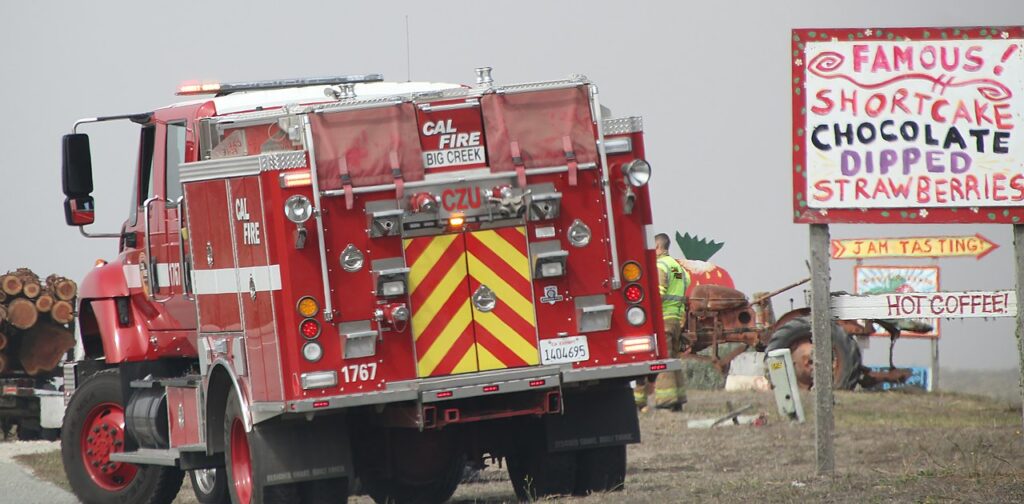Pamela Cruz. Peninsula 360 Press [P360P].

Increased wildfire danger due to dead grass and hotter, drier conditions in the region has prompted the California Department of Forestry and Fire Protection (CAL FIRE) San Mateo and Santa Cruz Unit to suspend all outdoor burning permits within the State Responsibility Area of both counties.
The suspension will go into effect on May 20, and prohibits all outdoor burning with some exceptions. In turn, the order is in addition to the nationwide burn restriction that went into effect on May 1, 2021, CAL FIRE said in a statement.
"Last year, California experienced its most destructive fire season in the state's known history. Together, we must continue to adapt and evolve to withstand the intensity of these fires, keeping in mind, the only way to minimize the damage they cause is through education, prevention and mitigation efforts," said Chief Thom Porter, director of CAL FIRE. "We are confident that the public is prepared."
Ian Larkin, CAL FIRE San Mateo-Santa Cruz Unit Chief, said, "It is important for the public to be prepared for fires. With the below average precipitation received this year, vegetation is drying out much faster, it will be ready to burn earlier this season. Be prepared, have a plan and practice that plan before a fire occurs".
Since January 1, 2021, CAL FIRE and firefighters across the state have already responded to more than 2,060 wildfires.
While open burning of landscape debris by homeowners is no longer allowed, CAL FIRE is asking residents to take that extra time to make sure they are prepared for wildfires by maintaining a minimum of 100 feet of defensible space around every home and buildings on their property, as well as being prepared to evacuate if the time comes.
California is entering its second consecutive dry year and is bracing for what could be a very dry year.
another devastating wildfire season
It is a fact that wildfires are a natural part of the California landscape, however, the fire season in the state and throughout the West is starting earlier and ending later each year.
Climate change is considered a key driver of this trend. Warmer spring and summer temperatures, reduced warmer spring and summer temperatures, reduced snowpack, and earlier spring snowmelt create longer and more intense dry seasons that increase moisture stress on vegetation and make forests more susceptible to severe wildfires.
Here are some tips to help prepare homes and property in accordance with CAL FIRE:
- Clear all dead or dying vegetation 100 feet away from all structures.
- Use fire-resistant plants and non-flammable ground cover.
- Find alternative ways to dispose of landscape waste, such as chipping it or taking it to a biomass energy or green waste facility.
The department may issue restricted temporary burn permits if there is an essential reason for public health and safety. Agriculture, land management, fire training, and other industrial-type burning may proceed if a CAL FIRE official inspects the burn site and issues a special permit.
The suspension of burning permits for residential debris does not apply to campfires within organized encampments or on private property.
Campfires may be permitted if they are maintained in such a way as to prevent their spread into the wild. A campfire permit can be obtained at local fire stations or online at PreventWildfireCA.org.
For additional information on creating defensible space, home hardening, evacuation planning, and how to be prepared for wildfires, as well as wildfire prevention tips, residents can visit the website at www.ReadyForWildfire.org.


